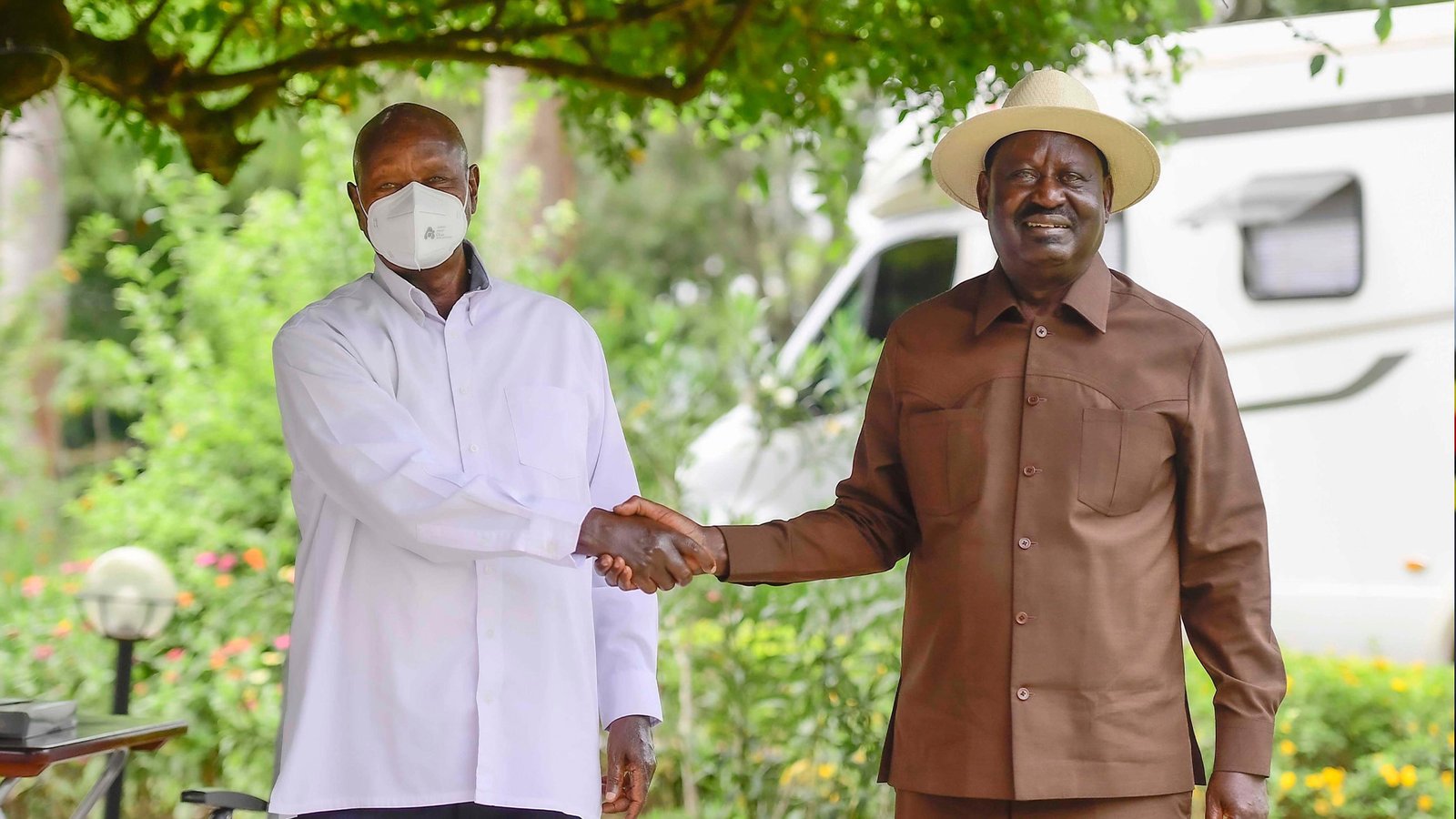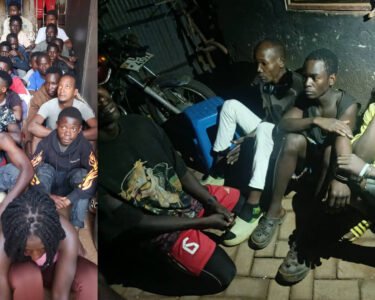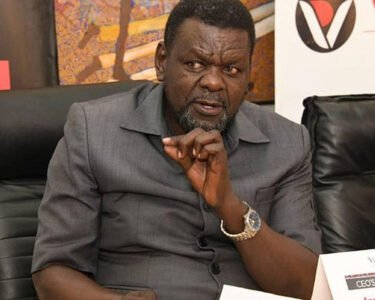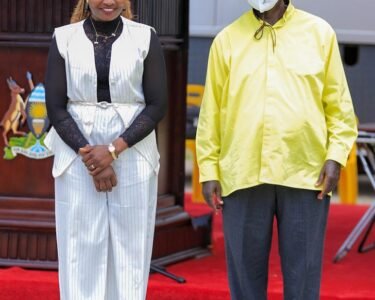President Yoweri Kaguta Museveni has paid glowing tribute to the late former Kenyan Prime Minister Raila Amolo Odinga, describing him as a “freedom fighter and Pan-Africanist” whose death marks the end of an era for East Africa’s liberation generation.
In a message shared on X (formerly Twitter), President Museveni said he received the news of Odinga’s passing “with a lot of sadness,” hailing both Raila and his late father, Jaramogi Oginga Odinga, as patriots devoted to African unity and the dream of an East African Federation.
“Ideologically speaking, they have been with the patriotic and Pan-Africanist orientation. I have shared ideas with both of them,” Museveni said. “It is, therefore, unfortunate that he has left at this moment. It is important for the young people to fill the void left by such historical fighters for Africa’s future.”
Odinga, who died on Wednesday, October 15, 2025, was one of Kenya’s most influential political figures, known for his decades-long struggle for democracy, good governance, and regional integration.
While Museveni’s tribute was filled with admiration, the two leaders shared a complex relationship that oscillated between brotherly camaraderie and political tension over the decades.
The Ugandan leader and Odinga first crossed paths in the late 1980s, when both were vocal advocates of multiparty democracy and Pan-African reform. Museveni’s revolutionary rise to power inspired the young Odinga, who admired his calls for self-determination and regional cooperation.
By the early 2000s, the pair often referred to each other as “brothers” and appeared side by side at regional summits, championing East African Community (EAC) integration. As the African Union’s High Representative for Infrastructure Development, Odinga advanced cross-border projects that aligned with Museveni’s vision for a unified and economically strong region.
However, their ties soured during Kenya’s turbulent election cycles, particularly in 2007 and 2013, when Odinga’s camp accused Museveni of meddling in Kenya’s internal politics by siding with his opponents Mwai Kibaki and later Uhuru Kenyatta.
The lowest point came after the disputed 2007 elections when Museveni swiftly recognised Kibaki’s controversial victory, drawing backlash from Odinga’s Orange Democratic Movement (ODM), which branded the Ugandan leader an “enemy of democracy.”
Despite recurring political friction, the two leaders often reconciled, with Museveni frequently praising Odinga’s resilience and intellect, and Odinga acknowledging Museveni’s political acumen and longevity.
Their last public show of unity came in 2018, after Odinga’s historic handshake with President Uhuru Kenyatta — a move Museveni hailed as “maturity and leadership for peace.”
By the time of Odinga’s death, Museveni and Odinga had restored cordial relations, their earlier rivalry replaced by mutual respect.
As Kenya prepares for Odinga’s burial on Sunday, October 19, 2025, his passing closes a significant chapter in East Africa’s political history — one defined by liberation struggles, enduring rivalries, and shared visions of a united continent.





